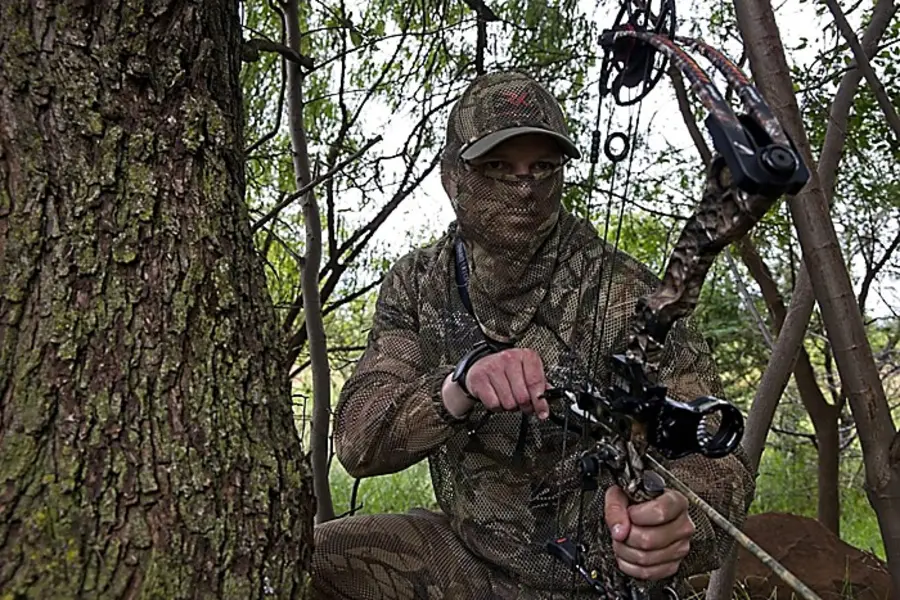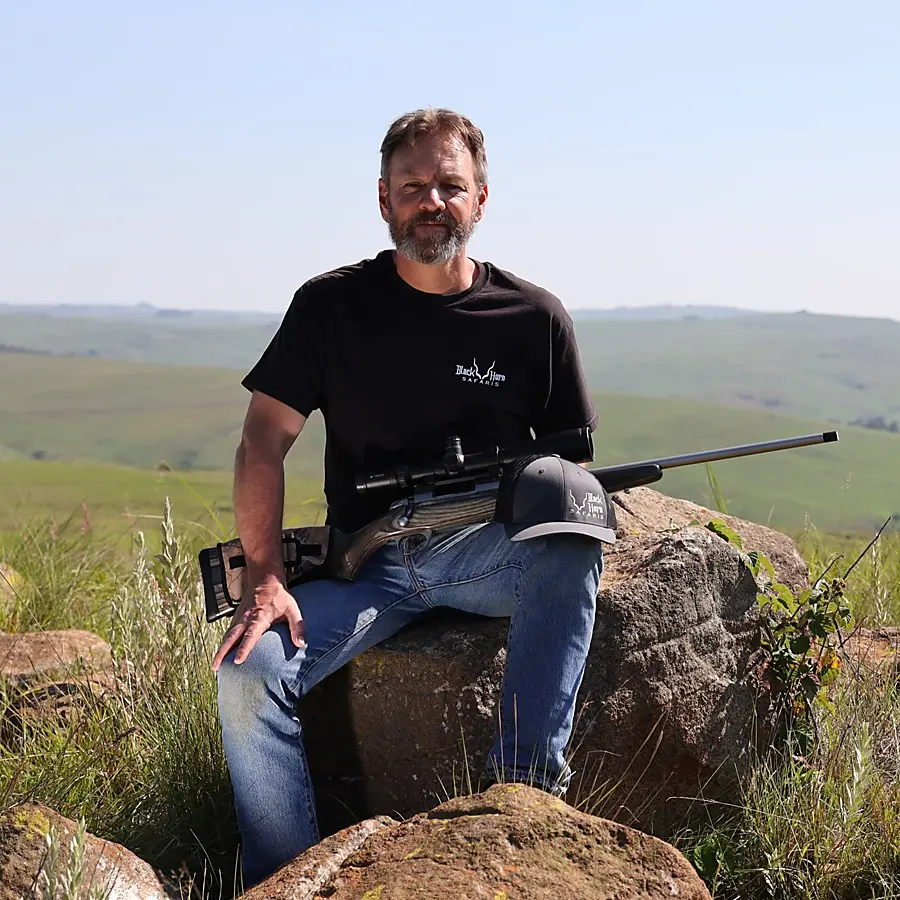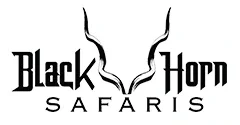
Africa is considered one of best bow hunting destinations in the world by many bow hunters who prefer it over rifle hunting. The absolute abundance of game which includes species not found anywhere else. Prices for an archery safari are reasonable when compared to Zimbabwe, Mozambique, Zambia etc. In many cases the visiting hunter will pay less for a fully guided safari in South Africa than he would pay back home.
Bow hunting South Africa offers the hunter the opportunity to take sought after species such as Buffalo (Africa’s toughest game), Southern Greater Kudu, Blue Wildebeest, Impala, Sable Antelope, Blesbuck and Cape Eland to mention only a few. Because archery is a widely practiced form of hunting Professional Hunters tend to have a good understanding of what is needed to be successful. Remember that you will need to book for slightly longer than a rifle hunting safari to ensure success.
South African bow hunting regulations allow the use of the following types of bows for hunting – compound bow, recurve bow, crossbow and longbow.

Equipment for African Bow Hunting Safaris
Over the past several years we have seen some great improvements in bow equipment, with bows becoming faster, quieter and more efficient. On a bow hunting trip in Africa you will likely be targeting several species of regular game.
Hunt South Africa With a Compound Bow
Minimum Bow and Kinetic Energy Requirements
| Type of Game | Kinetic Energy (KE) | Arrow Weight |
|---|---|---|
| Small Game | 35 ft. lbs. | 300 grains |
| Medium Game | 50 ft. lbs. | 400 grains |
| Large Game | 60 ft. lbs. | 500 grains |
| Dangerous Game | 80 ft. lbs. | 750 grains |


Plains Game
A bow that produces around 70 ft/lbs of energy will be perfect. This would require an arrow weighing 450 gr traveling at a velocity of around 270 ft/second. A quality bow from manufacturers like Hoyt, Matthews and Bowtech will do all that is asked. Try to choose a something with a forgiving brace height of around 7 inches that has a draw weight of about 55 – 70 lbs. Draw weights of between 65 and 75 lbs will work best for Africa.
Dangerous Game Equipment – Big 5 Bows and Arrows
Suitable equipment for targeting Big Five species including Buffalo, Elephant, and Hippo will need to produce a minimum kinetic energy of 80 ft/lbs. Make sure that you use a final arrow combined weight of at least 750 gr to achieve good penetration. The ideal bow hunting setup is what you need for dangerous animals. When hunting Dangerous game a fixed blade broad head with two cutting surfaces is essential. Mechanical broad heads are too fragile, and will break up when they encounter the large bones that these animals have. Do not use mechanical broad heads on these animals excepting Lion they will let you down and result in wounded game. Grizzlystik manufacture excellent quality arrow shafts and broad heads specifically for large game and offer excellent performance on Buffalo these make great Big 5 arrows.
Dangerous Game Arrows
Archery hunting African game can be really tough on your arrows. Use an arrow shaft that is consistent and has a good spine to match the draw weight of your equipment and your draw length. Arrow shafts from Easton, Gold Tip, and Carbon Express will give you great consistency and are tough enough to stand the rigors of a safari and Buffalo.
Broad heads
Choosing the wrong broad head for Africa can have far reaching consequences. You pay for all wounded animals in Africa, not only that but valuable time is lost tracking wounded game. Mechanical broad heads should have a cutting diameter of around 1.25 to 1.5 inches. Mechanical broad heads that we have had success with include Rage and Grim Reaper
Fixed blades broad heads will cause a change of impact if your equipment is not perfectly tuned and require more care and time spent on tuning. The benefit of fixed blades broad heads is that they cut on impact and often penetrate deeper than mechanical broad heads. Top choices for regular game include Muzzy and G5 Outdoors,
Hunt with a Traditional Bow
Bow hunters can hunt in Africa with traditional archery equipment. Normally shooting distances will be slightly shorter, and shots taken from 15 – 30 meters. Many archers that use traditional archery equipment shoot instinctively and without any kind of bow sight. This type of archery requires much more practice to make accurate shots and clean kills and you need to be comfortable with the equipment.
Long Bow or Recurve
Both Long bows and Recurve bows can be effective for archery hunting in South Africa. The recurve has some advantages over the long bow. The recurve bow offers faster arrow speed, is often slightly more accurate and has less hand shock and vibration when releasing the shot. Many ground blinds in Africa are built to accommodate modern compound archery equipment and do not have the ceiling height for long bows.
Arrows
Arrows for Africa with traditional archery equipment can be manufactured from carbon fiber or the more traditional Cedar and Hard wood. Carbon fiber arrows are often the more durable and will last a bit longer. Arrows for use with traditional archery equipment need to have traditional feather fletching that will pass around the bow window with less interference, plastic vanes do not work well.
Broad heads
Broad heads for use with Long bow and recurve bows should be of the cut on contact fixed blade type. This type of broad head will allow you to get the greatest possible penetration and kill cleanly on hunting safaris.
Trophy Hunt with a Crossbow
Using a crossbow to hunt in South Africa is one great idea, especially for women and children or those not able to draw back a strong bow as long as they are confident with the equipment being used.
Benefits of hunting with a crossbow:
- Crossbows can be used in much tighter spaces.
- Crossbows are more accurate.
- Crossbows can be shot accurately over longer distances.
- Crossbows require less practice to shoot accurately.
- A crossbow can easily be handled by children.
- A crossbow requires less movement to take the shot.
Crossbows are easy to transport, easy to maneuver in a blind and easy to shoot. I have seen great results with crossbows from these manufacturers Ravin, TenPoint and Barnett.
Crossbow Broad Heads
Choosing the best crossbow broad head for your safari is of critical importance. The crossbow broad head is the only part of your equipment that will actually make contact with the animal you are targeting. Mechanicals fly with their cutting blades tucked in and only deploy on contact with the target animal. Because of this mechanical heads will fly to a similar point of impact to practice or field points.
Bow Hunts in Africa
You will have the choice of either stalking your animal or sitting in ground blinds and waiting for the game animals to come within shooting distance.

Walk and Stalk
The walk and stalk approach involves walking quietly through the bush until the animal is spotted. Once you spot the animals you will stay out of sight and stalk the animals to within shooting range. I have spent as much as four hours stalking before a shot could be taken. This method is one of the most challenging if you are up for it.
Spot and Stalk from a Vantage Point
The spot and stalk style is similar to the first method. The main difference is that you will either spend time on a vehicle or an elevated point spotting the animals before stalking to within range.
Tree stand
Sitting in a tree stand is quite familiar to many sportsmen from the U.S. and is probably the most commonly used method over there. One disadvantage of tree stands is that you are often quite exposed and need to limit your movements or the game will see you and move off when African hunting.
Pit Blind
Pit blinds strategically placed near good game concentrations around waterholes offers the best human scent control than any other concealment, the risk of your quarry smelling you is almost non existent. This type is also quite well damped against any sound that you may make inside. I have sat in a pit blind near water holes having a quite conversation and had Kudu walk right up without being alerted to our presence.
Plains Game Bow Hunting Tips
Shooting Distances
When sitting in a blind most of your shooting opportunities will be at relatively close range, an average of 15 – 30 meters.
String Jumping
String Jumping is a reality when hunting, especially when it comes to animals such as Springbuck, Impala, Grey Duiker and Warthog. String jumping is the term used to describe the act of either ducking down or jumping to avoid being hit by your arrow or crossbow bolt. African animals are constantly aware of predators and have heightened senses to anything out of the ordinary. To avoid string jumping try to only release your shot when the animal is either looking away or bending down to eat or drink.
Shooting Practice
In the months running up to your Safari you need to practice your shooting skills as frequently as possible. Practice shooting from standing, kneeling and sitting positions. Most of your shooting practice should be at a distance of around 30 – 40 meters, but spend time shooting at 60 meters as well. The ability to make accurate shots out to 60 m could have a dramatic effect on your success. I have frequently seen how being able to shoot to 60 meters has resulted in a number of clients being able to secure a trophy animal that they otherwise would not have got.
Shot Placement
Shot placement on African animals is a little different to what U.S. and European sportsmen are used to. As a general rule if the animal is standing perfectly broad side you would come straight up the front leg about one third of the height of the body and place your shot where these imaginary lines meet. If the animal is quartering away, aim for the same height, (ie. one third up the body) but shoot for the offside front leg.
Plains Game Hunting
Some of the most sought after species available are Impala, Wildebeest, Warthog, Kudu, Waterbuck, Blesbuck, Gemsbuck, and Red Hartebeest. These plains game species are all commonly available in package hunts at reasonable prices.
Bow Hunt in South Africa Prices
Bow hunting prices in South Africa are generally quite reasonable and quite a bit cheaper than other African countries such as Zimbabwe, Mozambique, Zambia and Tanzania. Day fees in these other African countries often run in excess of $ 1000.00 per person per day whereas in South Africa you are likely to pay around $ 350.00 per person/day for a 2 X 1 safari or $ 450.00 per person/day for 1 X 1 service. The price difference is determined by whether you will be sharing with a friend accompanied by one professional guide (2 X 1) or whether you will be on your own with a P H (1 X 1). Plains game packages are also generally cheaper in South Africa. Expect to pay roughly the same prices for Cape Buffalo and other Big Five animals as you would elsewhere.
Bow Hunting Package
Buying bow hunting packages can be a great way to save money. The hunting Outfitter selling the package will often discount the price of either the day fee or the animals, or both. The bowhunting packages will often contain the more common African game such as Warthog, Impala, Wildebeest, Gemsbuck, and Red Hartebeest etc. If collecting a trophy Kudu is high on your list of priorities you can often negotiate with the outfitter. While a kudu will more than likely not be included in your hunting packages it could be an added extra to target while you are on your Safari. These companies are normally quite accommodating if you would like to add any other plains animal species to your packages.
Hunt 1 X 1
My advice would always be to hunt 1 X 1, in other words you will have the services of the PH to yourself. This will ensure that you do not have to share the animals you come across or opportunities with anyone else. Every opportunity to harvest a trophy will be yours and you should be able to maximize your success during the Safari. You will still be with your buddies in camp at night and be able to share the yarns and excitement of the African safari with them.
FAQ’s Frequently Asked Questions
What type of game animals can you target in Africa?
Africa boasts a wide variety of species available for harvesting. All of the regular game animals can be legally hunted with a bow and include Impala, Blesbuck, Warthog, Springbuck, Kudu and Nyala among many others. These animals are commonly available and provide thrilling opportunities.
In addition to regular game, Africa also allows hunting of certain dangerous animal species. The Big 5, which consists of the African Elephant, Cape Buffalo, African Lion, and Leopard, Buffalo and Lion can be legally harvested with archery gear. This list also includes Hippos and Nile Crocodiles.
What is the best time of year for an archery safari in Africa?
The best time of year to go on an archery safari in Southern Africa is during the winter months, from April to September. Weather conditions play a significant role in making the winter months ideal for hunting. Africa’s winter season is characterized by cooler temperatures and drier weather compared to other times of the year. The dry conditions make it easier to track game animals as their movements become more predictable around waterholes. The reduced foliage and dry grass also provide better visibility and clearer shooting lanes.
Moreover, the winter months coincide with the mating season or rut of various animals. This period often leads to increased activity and movement among the animals, making it the most opportune time for archers to encounter their target species.
What is the best bow and arrow setup for Africa?
The best all round bow and arrow setup for Africa is a compound bow with a draw weight of 60 to 70 pounds. Combine this with matching carbon fiber arrows weighing around 450 grains and top quality broad heads of either fixed blade or mechanical type.
Bows: Select a bow with a draw weight that you can comfortably handle while maintaining accuracy. The specific draw weight requirement may vary based on the animals you intend to hunt, but a recommended range is typically between 50 to 70 pounds. Ensure the bow’s draw length is properly adjusted to your personal measurements for consistent shooting form.
Arrows: Choose arrows that are appropriate for your bow’s draw weight and your needs. Carbon fiber arrows are commonly recommended due to their durability, lightweight, and consistent performance. Select arrows with the appropriate spine (stiffness) rating for your setup to ensure optimal flight and accuracy.
Broad heads: Pick broad heads designed for hunting. Good quality fixed blade and mechanical broad heads offer great performance. Consider the specific animals you plan to pursue and choose broad heads with appropriate cutting diameters and designs for effective penetration and the best terminal performance.
Remember, it is essential to practice extensively with your chosen setup to become proficient and familiar with its performance. Every archers requirements and preferences may vary, so consulting with experienced archers or local guides can provide valuable insights based on local conditions in the region you plan to visit.
What is the success rate of archery Safaris in Africa?
The success rate of archery hunting in Southern Africa can vary depending on various factors, including your skill level and experience, the specific animals being pursued, the location, and the prevailing conditions. Archery hunting in Southern Africa is generally known for offering exciting opportunities and high success rates.
To increase the chances of success, it is recommended to engage the services of reputable guides who have extensive knowledge of the local wildlife, areas, and prevailing conditions. Their expertise and guidance can significantly enhance the success rate and overall experience.

Adrian Anderson first obtained his Professional Hunters license in 1991. He is a Big Five and Dangerous Game licensed Professional Hunter and Hunting Outfitter. He has a tremendous love for wildlife and the African bush and enjoys sharing his knowledge with the hunting clients that he guides. Guiding hunters in Africa’s wild places is a passion and seeing them succeed with their goals brings satisfaction. With knowledge of the Safari industry built up over 32 years he is well qualified to give guidance to his hunting clients.
